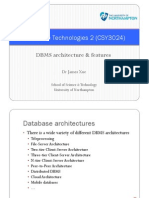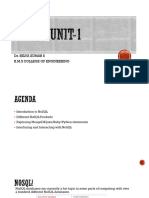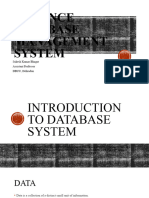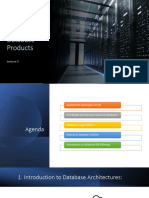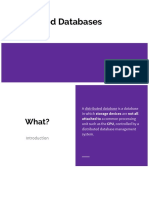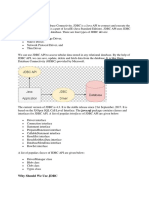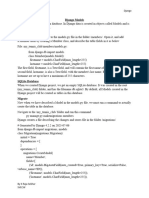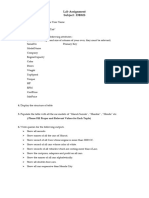0% found this document useful (0 votes)
139 views32 pagesMySQL Cluster - Voxxed Days Belgrade 2015
- MySQL Cluster is a distributed database that provides high availability, horizontal scalability and in-memory performance. It powers many large-scale web and cloud applications.
- It uses a shared-nothing architecture where data is split into fragments and replicated across nodes in a cluster. This allows it to scale horizontally by adding more nodes.
- Industry leaders across sectors such as social media, content delivery and cloud rely on MySQL Cluster for its ability to handle massive amounts of dynamically generated data at low latency.
Uploaded by
arhismeceCopyright
© © All Rights Reserved
We take content rights seriously. If you suspect this is your content, claim it here.
Available Formats
Download as PDF, TXT or read online on Scribd
0% found this document useful (0 votes)
139 views32 pagesMySQL Cluster - Voxxed Days Belgrade 2015
- MySQL Cluster is a distributed database that provides high availability, horizontal scalability and in-memory performance. It powers many large-scale web and cloud applications.
- It uses a shared-nothing architecture where data is split into fragments and replicated across nodes in a cluster. This allows it to scale horizontally by adding more nodes.
- Industry leaders across sectors such as social media, content delivery and cloud rely on MySQL Cluster for its ability to handle massive amounts of dynamically generated data at low latency.
Uploaded by
arhismeceCopyright
© © All Rights Reserved
We take content rights seriously. If you suspect this is your content, claim it here.
Available Formats
Download as PDF, TXT or read online on Scribd
/ 32

















